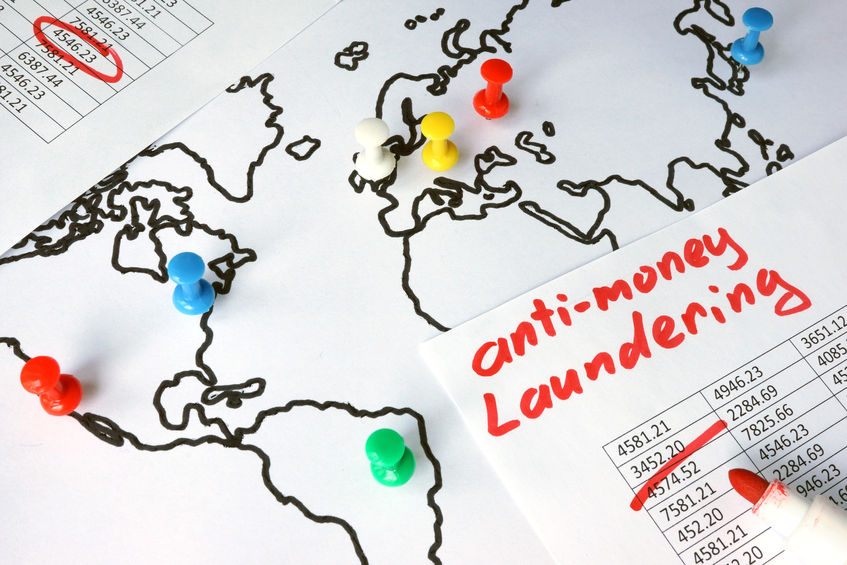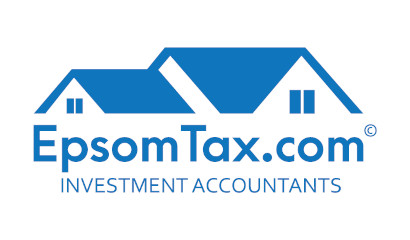AML/CFT
WHAT IS AML/CFT?
The Anti-Money Laundering and Countering Financing of Terrorism Act 2009 (AML/CFT Act) places obligations on many entities in the financial and other sectors.
Accountants have to establish a compliance programme which determines our policies, procedures and controls for how we will detect and manage any money laundering (ML) or terrorist financing (FT) risks that our business may face. This involves verifying the identity of all new and existing clients, advising the Police Financial Intelligence Unit (FIU) or any cash transactions of more than $10,000 or any international wire transfers of more than $1,000, and monitoring client accounts to identify any potential warning signs of ML/FT, then reporting that to the NZ Police FIU.
Finally, we have to regularly review our risk assessment and compliance programme, submit an annual report to the Department of Internal Affairs (DIA), and have our programme audited once every two years.

WHO IS YOUR COMPLIANCE OFFICER?
All reporting entities must have a Compliance Officer (CO). Our CO is Asher Crossman; our Assistant CO is Marcel Stevens.
HOW DO YOU VERIFY CLIENT IDENTITY?
In the first instance, we send a self-verification link via email. This allows you to take “selfies” and photograph your photo ID, and submit this electronically and securely. It is then matched against various databases to authenticate the data.
If this fails, then we request that you send us a certified copy of your photo ID or we meet you to sight you and your photo ID.
We also often need to obtain proof of address. This is usually done by the client providing a bank statement or utility bill that is no more than 3 months old. The document needs to show the name and address of the person we are verifying.
WHAT IS A “TRUSTED REFEREE”?
A trusted referee is a person who is able to certify an identity document under the AML/CFT Act. Scroll down for a list of trusted referees and what they have to do to certify a document.
AUTHORISATION LINKS
Please visit this page for authorization links
JARGON
AML/CFT Act – Anti-Money Laundering and Countering Financing of Terrorism Act 2009
CDD – Customer Due Diligence
CO – Compliance Officer
DIA – Department of Internal Affairs
DL – Driver Licence
FIU – NZ Police Financial Intelligence Unit
ML/FT – Money Laundering/Financing of Terrorism
NZDL – New Zealand Driver Licence
MORE INFORMATION
Download a Tax Evasion & Money Laundering IRD Fact Sheet
WHO OR WHAT IS A “TRUSTED REFEREE”?
A trusted referee for AML in NZ is a person who is able to certify an identity document under the AML/CFT Act.
WHO QUALIFIES
In New Zealand a trusted referee must be at least 16 years of age and one of the following:
a) Commonwealth representative (as defined in the Oaths and Declarations Act 1957)
b) Member of the police
c) Justice of the peace
d) Registered medical doctor
e) Kaumātua (as verified through a reputable source)
f) Registered teacher
g) Minister of religion
h) Lawyer (as defined in the Lawyers and Conveyancers Act 2006)
i) Notary public
j) New Zealand Honorary consul
k) Member of Parliament
l) Chartered accountant (within the meaning of section 19 of the New Zealand Institute of Chartered Accountants Act 1996)
m) A person who has the legal authority to take statutory declarations or the equivalent in
New Zealand Certification when overseas
When certification occurs overseas, copies of international identification provided by a customer resident overseas must be certified by a person authorised by law in that country to take statutory declarations or equivalent in the customer’s country.
In addition, the trusted referee must not be:
a) related to the customer; for example, a trusted referee cannot be their parent, child, brother, sister, aunt, uncle or cousin
b) the spouse or partner of the customer
c) a person who lives at the same address as the customer
d) a person involved in the transaction or business requiring the certification.
The trusted referee must sight the original documentary identification, and make a statement to the effect that the documents provided are a true copy and represent the identity of the named individual.
Certification must include the name, signature, and the date of certification. The trusted referee must specify their capacity to act as a trusted referee from sections (a)-(m) above.
Certification must have been carried out in the three months preceding the presentation of the copied documents.
HOW TO CERTIFY
(WHAT NEEDS TO BE WRITTEN ON THE CERTIFICATION DOCUMENT)
The certifier must sight the original and the copy, and make sure both documents are identical. They then must either write or stamp on the copy as follows:
“I certify this is a true copy of the original document, which I have sighted, and it represents a true likeness of the individual.”
Address or non-photo ID certification must state in writing or by use of a stamp, the following:
“I have sighted the original and certify this is a true copy of the original document.”
Also, on each copy, the certifier must write or stamp:
- Name of certifier
- Occupation
- Signature
- Date
MORE INFORMATION
These requirements are from the Amended Identity Verification Code of Practice 2013.
Recent Posts
Pages
Useful Links
Services
Contact Details
Phone: 0800-890-132
Email: support@epsomtax.com
Fax: +64 28-255-08279
EpsomTax.com © 2021
